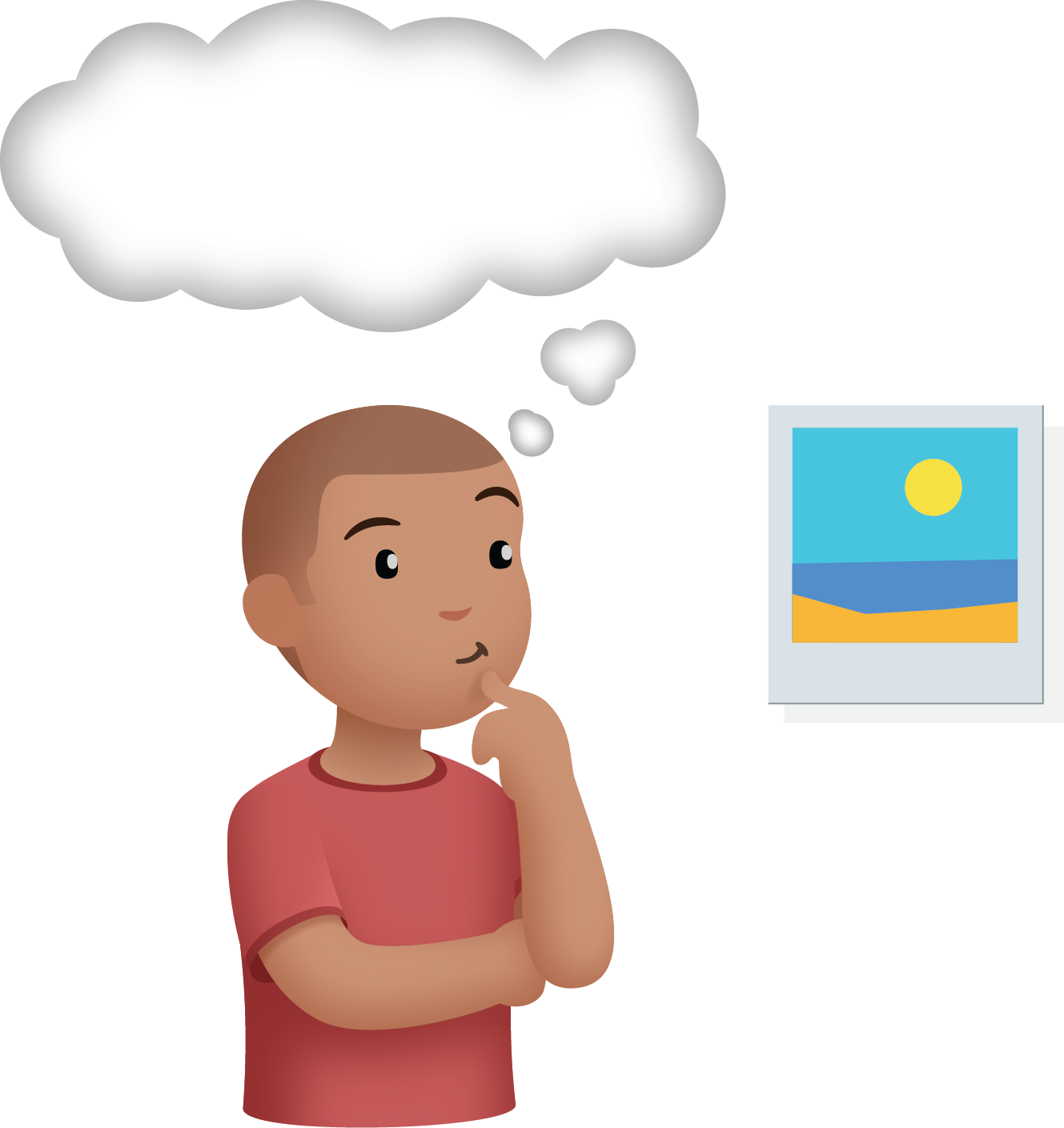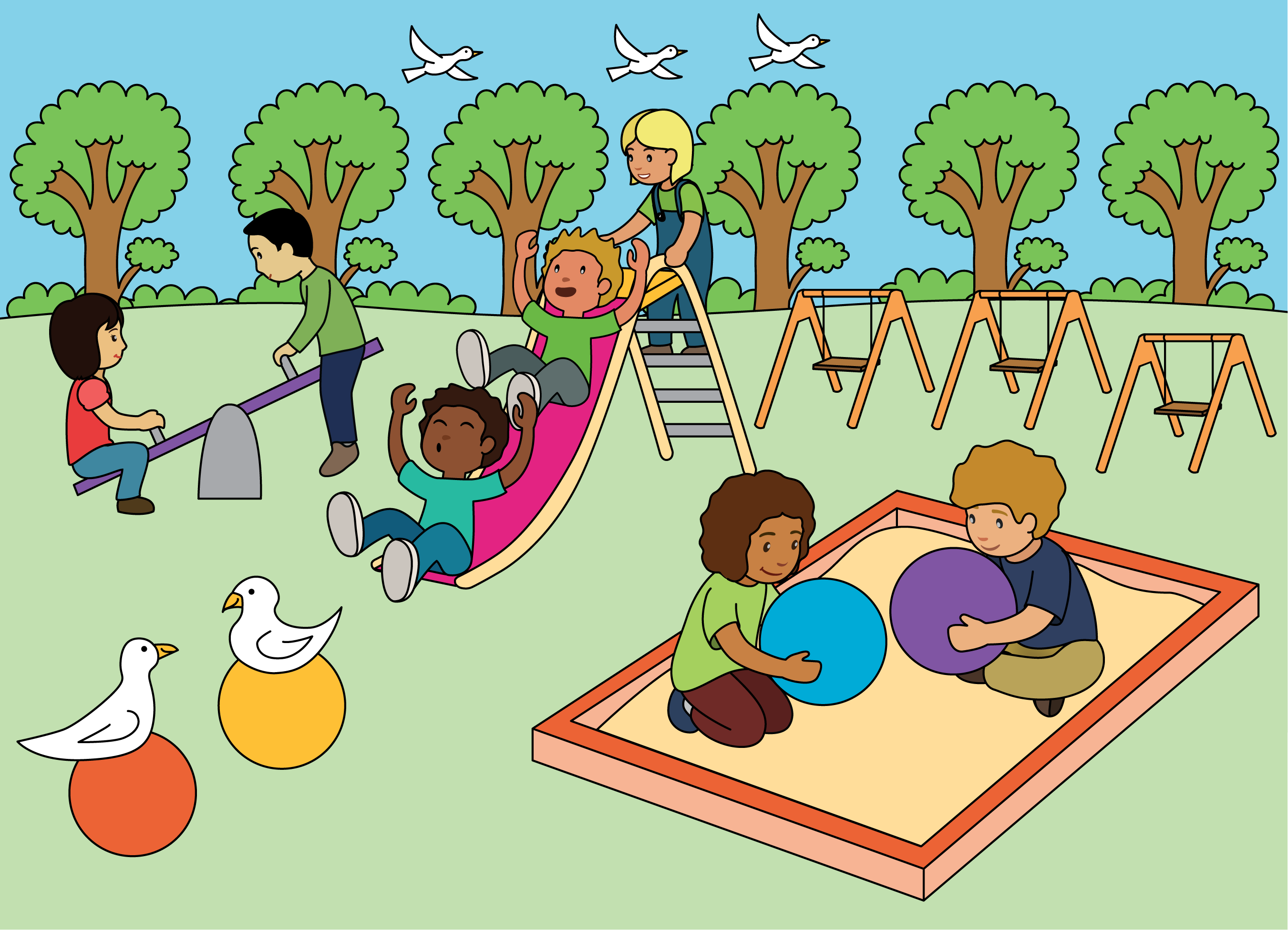Lesson 7
Count Images in Different Arrangements
Warm-up: Questions About Us: Dogs or Cats? (Part 1) (10 minutes)
Narrative
The purpose of this warm-up is for students to experience a new version of the Questions About Us routine. Students consider concepts of number in a familiar context. Students stand up to indicate if they prefer dogs or cats. Because all students are standing, it is difficult to determine how many students prefer dogs and how many prefer cats. Students think of ways to organize the groups of students to make them easier to count. The purpose of the synthesis is for students to think of ways they can record how many students chose cats and dogs.
As students learn the routine, they will work with the same context for multiple days. Because this is the first time that students are participating in this version of the Questions About Us routine, the warm-up begins with students brainstorming questions that they could ask to learn more about their classmates. Record and save these responses to refer and add to in future lessons. Consider adjusting the questions to better reflect students' interests and experiences.
Required Materials
Materials to Gather
Launch
- Groups of 2
- “We have been learning all about our classroom and our classmates. What are some questions that you can ask to learn more about your classmates?” (What is your favorite color? Do you play soccer? How many brothers and sisters do you have?)
- 30 seconds: quiet think time
- 1 minute: partner discussion
- Share and record responses.
- “Which animal do you like better: dogs or cats?”
- 30 seconds: quiet think time
- “Stand up if you like dogs better.”
- “Stand up if you like cats better.”
Activity
- “How many people like cats better?” (We can’t tell. Everyone is mixed up.)
- 30 seconds: quiet think time
- Share responses.
- “What can we do to make it easier to figure out how many people like cats better and how many people like dogs better?”
- 30 seconds: quiet think time
- 30 seconds: partner discussion
- Share responses.
- Choose and demonstrate 2 methods that students suggested.
Student Response
For access, consult one of our IM Certified Partners.
Activity Synthesis
- Display a blank piece of chart paper.
- “What could we draw or write to show how many people like dogs better?”
- 30 seconds: quiet think time
- 30 seconds: partner discussion
- Share and record responses.
Activity 1: Images in Stations (15 minutes)
Narrative
The purpose of this activity is for students to count groups of up to 10 images and notice that the order counted does not change the number of images. This understanding develops over time with repeated experiences counting objects and groups of images in different arrangements (MP8).
Set up stations for students to work at around the classroom. Stations can be set up at tables or desks. Place one image card at each station. Consider developing a sound to signal to students that it is time to transition to the next station.
Advances: Conversing
Required Materials
Materials to Copy
- Images in Stations
Required Preparation
- Cut out images from the blackline master.
Launch
- Groups of 4
- Place one card at each station.
- “At each station, there is a card with dots or fingers on it. Take turns figuring out how many things are on the card. Show your group how you figured out how many things are on the card. When I give the signal, move to the next station.”
Activity
- 10 minutes: small-group work time
- Monitor for students who count the same group of images in a different order.
Student Response
For access, consult one of our IM Certified Partners.
Advancing Student Thinking
If students count some images more than one time or do not count some images, consider asking:
- “Which things have you counted already? How do you know?”
- “Can you show me with your finger how you are going to count them?”
Activity Synthesis
- Display the card with 8 dots in an array:
- “How would you figure out how many dots there are?”
- 30 seconds: quiet think time
- 30 seconds: partner discussion
- Invite two students to demonstrate counting the dots, with one student counting across the rows and one student counting down each column.
- “There are 8 dots. Even if we count the dots in a different order, there are still 8 dots.”
Activity 2: Count Images [OPTIONAL] (10 minutes)
Narrative
The purpose of this activity is for students to keep track of the images that they have counted. This activity is optional because it is an opportunity for extra practice that not all students may need. It gives students a chance to practice accurately counting groups of 1–10 images. Counting images can be more challenging because students are not able to move the images to help them keep track of which images they have counted. Students place one object on each image to keep track of which images have been counted.
This activity can be used with a small group or the whole class. Students who do not need this optional activity may benefit from additional time working in centers. Some students may benefit from working on the concepts in this optional activity more than one time.
Supports accessibility for: Conceptual Processing
Required Materials
Materials to Gather
Launch
- Groups of 2
- Display the first image and 6 counters.
- “What do you notice? What do you wonder?” (There are dots and counters. The dots and counters look like the same shape. The counters and dots are both circles.)
- 30 seconds: quiet think time
- 30 seconds: partner discussion
- Share responses.
- Give students access to counters.
- “How many dots are there? You can use the counters to help you.”
Activity
- 1 minute: independent work time
- Monitor for students who place a counter on top of each dot as they count.
- “Show your partner how you figured out how many dots there are.”
- 1 minute: partner discussion
Student Facing
Student Response
For access, consult one of our IM Certified Partners.
Activity Synthesis
- Invite previously identified students to demonstrate placing one counter on each dot as they count. If no student did this, ask, “How can I use the counters to help me keep track of which dots I’ve counted?”
- “How many dots are there in the next group? Use the counters to help you keep track of which dots you’ve counted.”
- 1 minute: independent work time
Activity 3: Introduce Math Stories, How Many? (20 minutes)
Narrative
The purpose of this activity is for students to learn stage 1 in the Math Stories center. Students work with a partner to count groups of images in different arrangements. For example, students can ask, “How many basketballs are there?”, “How many kids are there?” or “How many shoes are there?” In a future variation of this center, students will record how many images they counted with a written number.
After they participate in the center, students choose from any stage of previously introduced centers.
- Connecting Cubes
- Number Race
Students will choose from these centers throughout the section. Keep materials from these centers organized to use each day.
Required Materials
Materials to Gather
Materials to Copy
- Math Stories Stage 1 and 4 Pictures
Required Preparation
- Gather materials from:
- Connecting Cubes, Stages 1-3
- Number Race, Stage 1
Launch
- Groups of 2
- Display a picture card from the Math Stories blackline master.
- “We are going to learn a new center called Math Stories. You are going to take turns asking your partner ‘how many’ questions about these pictures.”
- “Think of 1 ‘how many’ question you can ask about this picture.”
- 30 seconds: quiet think time
- Share and record responses.
Activity
- “When you work in this center, you will take turns with a partner. One partner will ask ‘how many’ and the other partner will figure out how many there are. Once you agree on how many there are, take turns asking ‘how many’ questions and figuring out how many there are.”
- 5 minutes: partner work time
- “Now you can choose another center. You can also continue playing Math Stories.”
- Display the center choices in the student book.
- Invite students to work at the center of their choice.
- 8 minutes: center work time
- If time, invite students to choose another center.
Student Facing
Choose a center.
Math Stories

Connecting Cubes

Number Race

Activity Synthesis
-
Display image from the Math Stories blackline master.

- “How many birds are in the picture? Tell your partner how you could figure it out.”
Lesson Synthesis
Lesson Synthesis
Draw 7 dots as pictured, with a gap after the first 4 dots or display image:

“How would you figure out how many dots there are? Which dot would you count first? Which dot would you count next?”
Invite students to demonstrate counting the dots in different orders.
“There are 7 dots. We can count the dots in different ways as long as we count each dot one time and keep track of which dots we've counted.”
“Let’s practice counting to 20.”
Demonstrate counting to 20. Count to 20 as a class 1–2 times.
Cool-down: Unit 2, Section B Checkpoint (0 minutes)
Cool-Down
For access, consult one of our IM Certified Partners.


